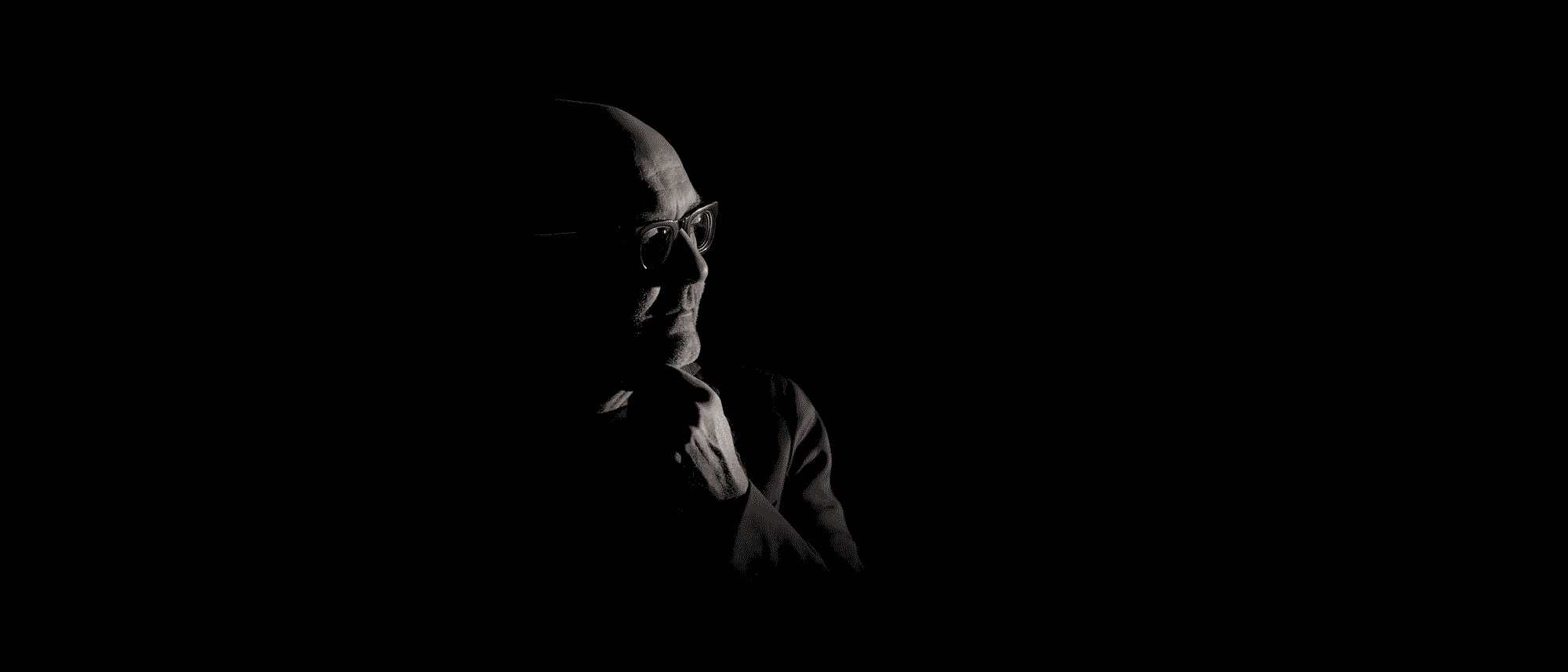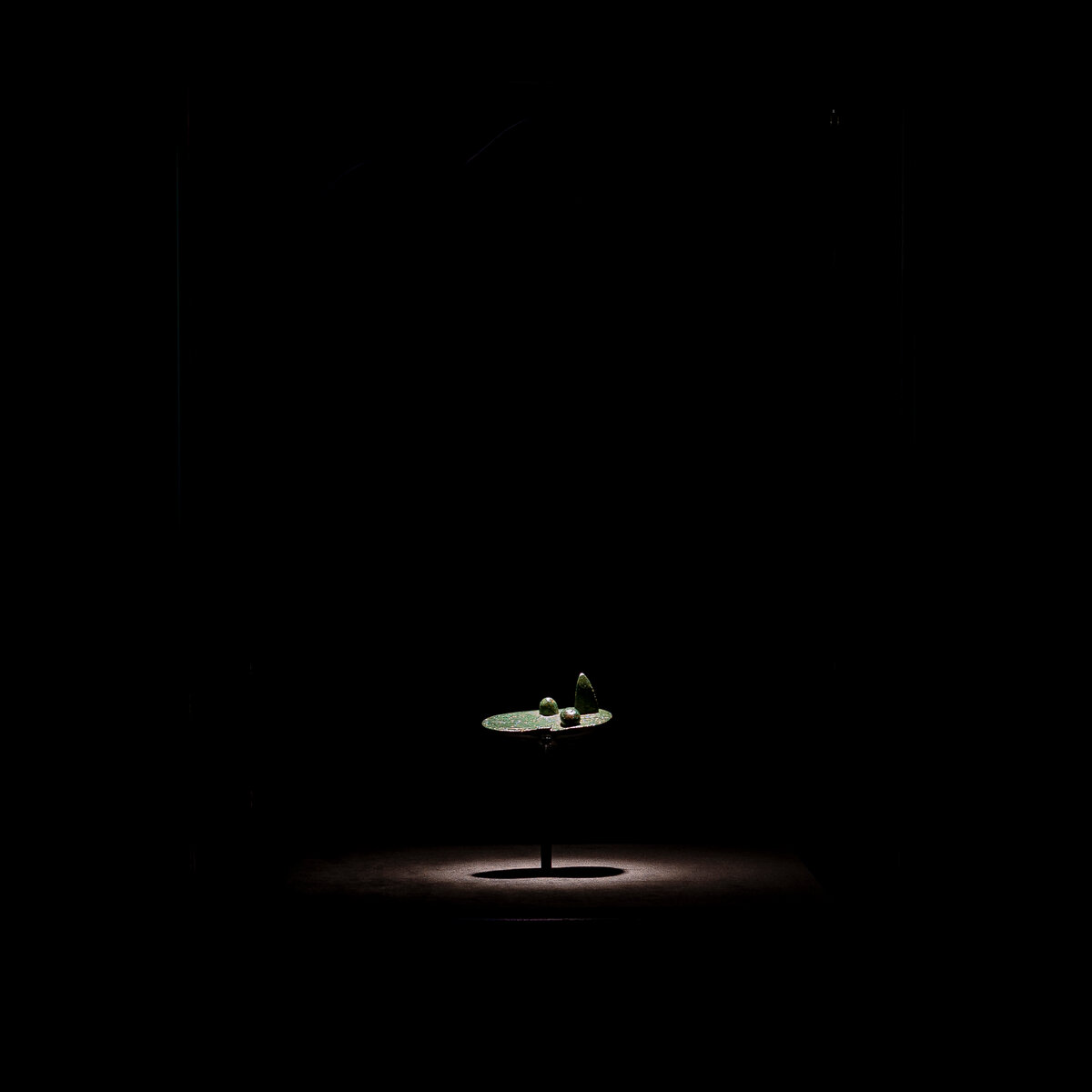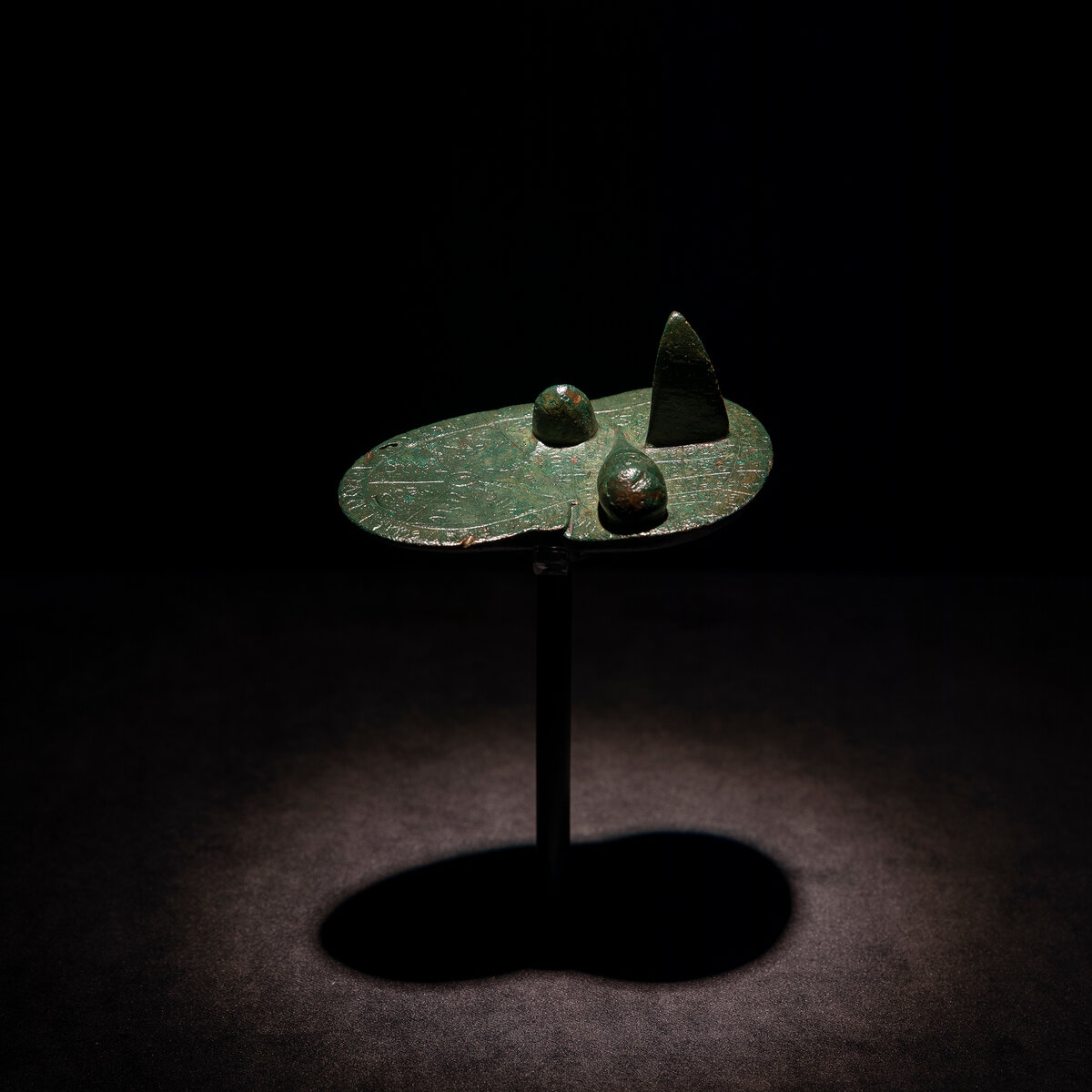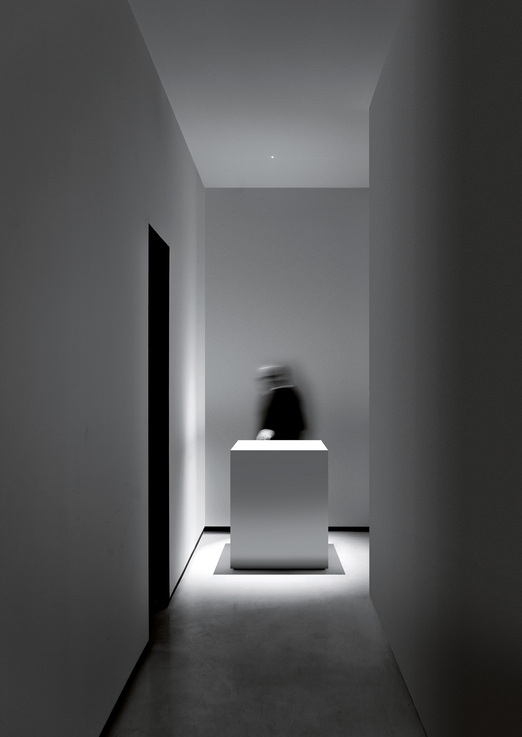They are the metronome that marks the slow changes and sedimentations of our history. We lose things, and we rediscover them, often by chance. Beneath us there are traces of what we have been. Sometimes we display these traces, we admire them, irresistibly attracted by our past. Artificial light becomes both accent and narration, a technological contribution to our eternal attempts at immortality.
The Liver of Piacenza, or the Etruscan liver, is a bronze model of a sheep’s liver covered in Etruscan inscriptions, used by haruspices for the purpose of divination. The artefact dates back to the 2nd century BC and measures 126 × 76 × 60 mm. It was discovered on 26 September 1877 by a farmer ploughing his field in Ciavernasco di Settima, near Gossolengo, in the province of Piacenza. It is kept in the municipal Museum of Piacenza, in Palazzo Farnese.
After Portrait of a Lady by Gustav Klimt, it is another example of absolute light combined with the display technique. In this case, the lighting was designed exclusively to observe, nothing more. The source is hidden, and the visitor is attracted by the object on display.
Municipal museum of Palazzo Farnese, Piacenza
From 17 MAY 2021



